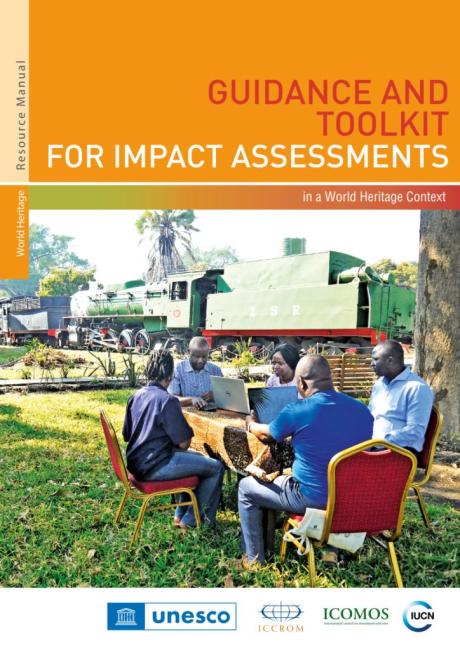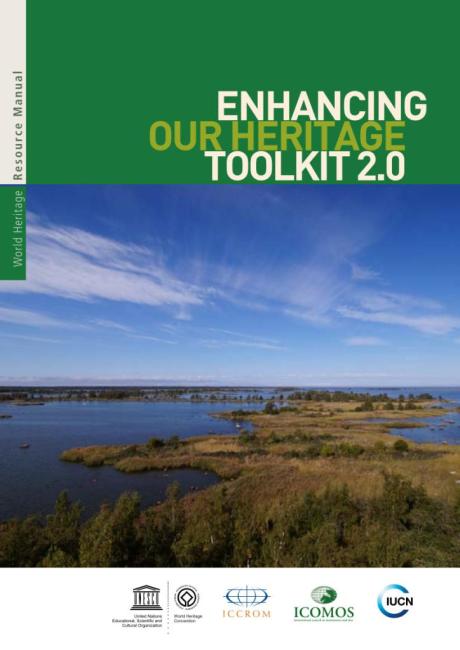Evaluating results and improving the management system
Once outputs and outcomes have been collected through regular and continuous monitoring processes, they need to be evaluated, to assist the continued work of managing World Heritage All inherited assets which people value for reasons beyond mere utility. Heritage is a broad concept and includes shared legacies from the natural environment, the creations of humans and the creations and interactions between humans and nature. It encompasses built, terrestrial, freshwater and marine environments, landscapes and seascapes, biodiversity, geodiversity, collections, cultural practices, knowledge, living experiences, etc. and other heritage places. Evaluation must be used positively to support managers and be seen as a normal part of the process to determine whether the management system is achieving its objectives, and therefore should be conducted with transparency with credible datasets.
Evaluation needs to be integrated into the management process where ways of engaging with managers, rights-holders and stakeholders need to be established for meaningful evaluations that can also potentially build further cooperation and support for managing World
Heritage
All inherited assets which people value for reasons beyond mere utility. Heritage is a broad concept and includes shared legacies from the natural environment, the creations of humans and the creations and interactions between humans and nature. It encompasses built, terrestrial, freshwater and marine environments, landscapes and seascapes, biodiversity, geodiversity, collections, cultural practices, knowledge, living experiences, etc.
. Data collection and monitoring will be fundamental for robust evaluations to take place, and cost-effective, meaningful monitoring programmes with appropriate indicators for both outcomes and outputs need to be
established from the onset of planning. Evaluations will provide the opportunity to look for common threads, where data can be drawn together to find trends, themes and lessons over time. It should also be used to make improvements for the future, where the conclusions are communicated and used as a basis of making change.



